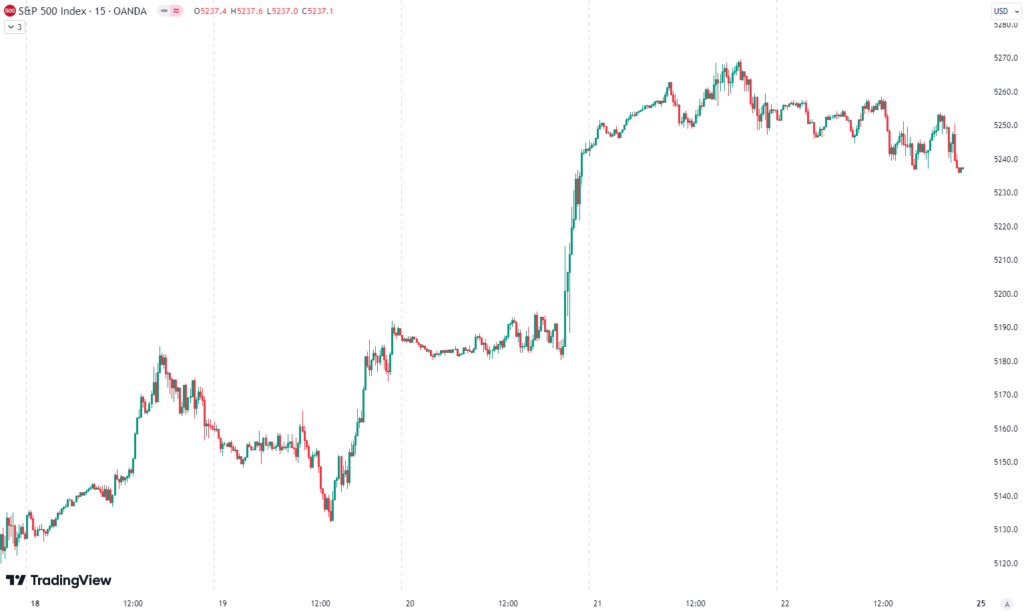
Last week, the S&P 500 recorded a gain of +2.2%, marked by consistent increases, as well as a particularly strong rally on Wednesday following the FOMC Meeting of the FED. In the meeting, the FED signaled interest rate cuts as expected throughout the year. However, the positive momentum for the markets came from the announcement to taper quantitative tightening (QT) in the near future. QT describes the process by which the FED reduces its balance sheet each month by selling securities by a certain amount, thereby withdrawing liquidity from the markets.
Our last position, which we placed, has been active since February 16th. The position is currently up by 3.9%. You can find free access to our signals below.
The seasonal patterns for the S&P 500 suggest a potentially weak performance in March, possibly signaling the start of an impending correction over the next few months. Investors should therefore remain vigilant in the coming months, diversifying and securing their portfolios accordingly to prepare for potential market movements.
The macro environment remains negative, with various signals from the Risk Level Indicator (RLI) increasingly confirming this. My base case scenario is for rising prices until a recession in the USA or a credit event (Credit Crunch) in the spring of 2024. Especially noteworthy is the BTFP (Bank Term Funding Program) by the FED, which was launched after the banking crisis last year to support banks that have been struggling due to high interest rates. This program is set to expire in March. The RLI will identify emerging problems in a timely manner and adjust the risk level accordingly. At the moment, a somewhat defensive allocation to stocks is advised.
Furthermore, we are approaching the liquidity squeeze in mid-March. There are four liquidity squeezes in a year, always in the middle of the last month of the quarter. Mid-March and mid-September are the strongest squeezes, while mid-June and mid-December are more moderate. These liquidity squeezes can lead to increased stress in the financial system and are the reason why credit events such as Lehman Brothers or the banking crisis in 2023 occur during these periods.
If you would also like to receive our free weekly information on trading signals and the Risk Level Indicator, you can register here.

Leave a Reply